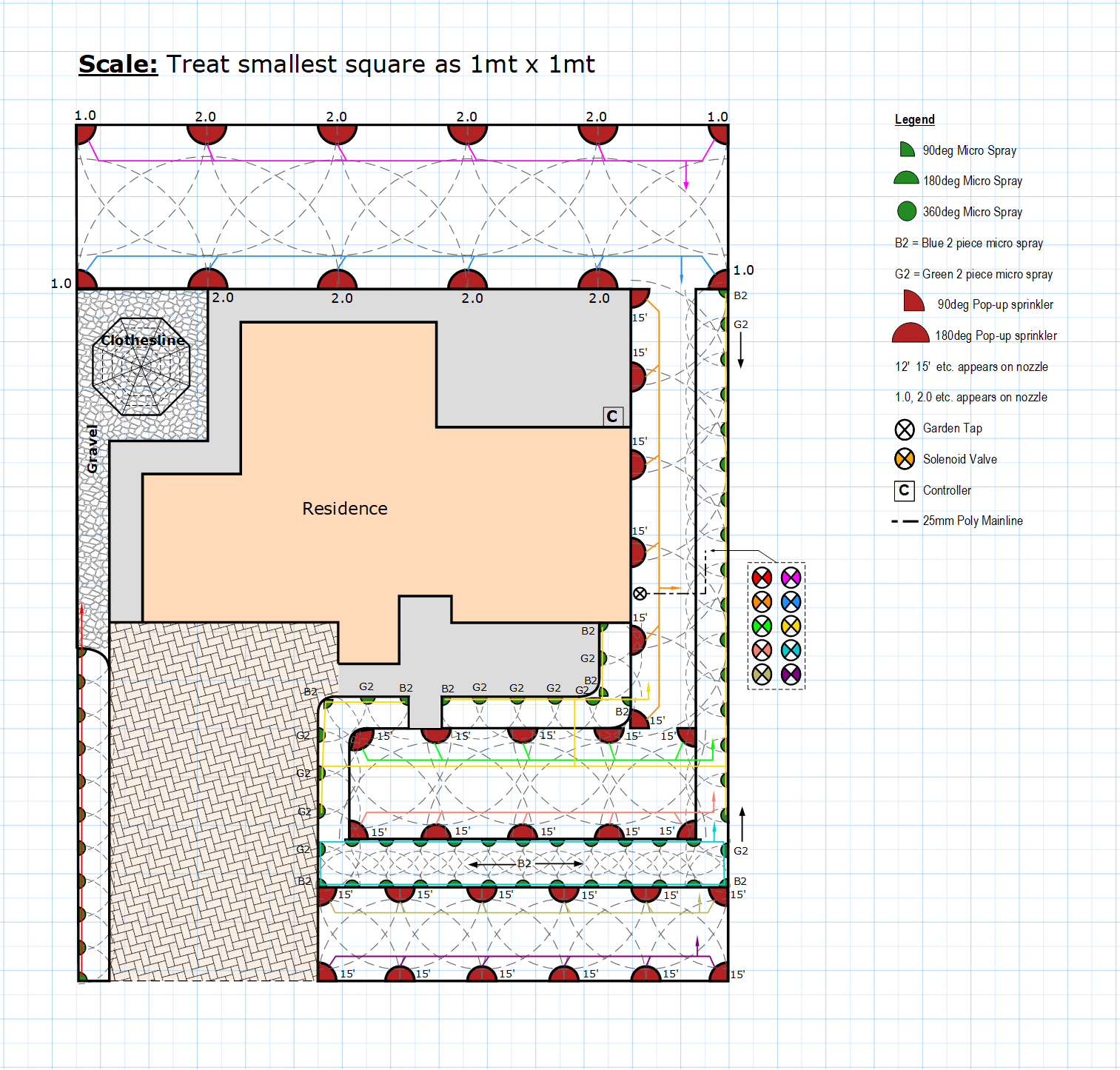How Sprinklers and Emergency Training Create a Safer Future
How Sprinklers and Emergency Training Create a Safer Future
Blog Article
A solid fire safety plan combines systems and trained responders. Automatic fire suppression technologies and fire brigade training form the foundation for effective fire management.
Sprinklers act as an automated defense, fire brigade teams manage the aftermath. Together, this combination ensures maximum protection.
The Basics of Sprinkler Systems
Sprinkler systems respond swiftly to fire outbreaks. Functioning based on heat sensitivity, they disperse water to the source of the flames.

Major strengths to install sprinkler systems include:
- Early containment: Stops flames quickly.
- No manual intervention needed: Reduces reliance on human action.
- Zone-specific control: Focuses on the fire-affected area.
The Role of Fire Brigade Training in Fire Safety
Fire emergency drills trains personnel to respond to emergencies. Even with top-tier suppression tools, firefighters play an indispensable role.

Fire team exercises focus on the following areas:
- Identifying hazards: Minimizing potential threats.
- Practicing exit drills: Developing clear plans.
- Mastering fire equipment: Gaining experience with tools.
Qual a quantidade de sprinklers por m2?
The Importance of Combining Systems and Training
Fire suppression setups and team training create a balanced safety strategy. Automatic systems handle the initial suppression, firefighters address broader challenges.

The synergy between these solutions enhances emergency response efforts for residential buildings, commercial spaces, and large-scale facilities.
Why Both Sprinklers and Training Are Essential
An effective fire protection strategy balances automated tools and human preparedness. Advanced fire suppression setups act as the first line of defense, while fire brigade training supports long-term safety.
Ensure fire readiness for tomorrow by installing sprinkler systems. Your protection depends on readiness and tools!
Report this page